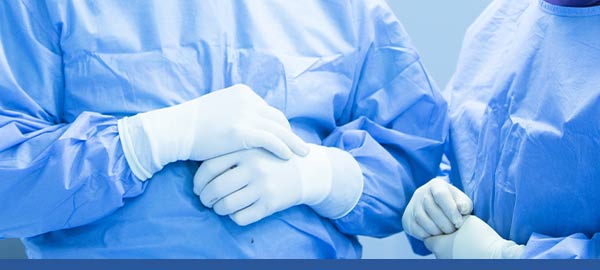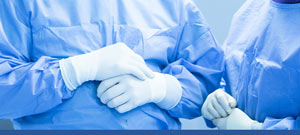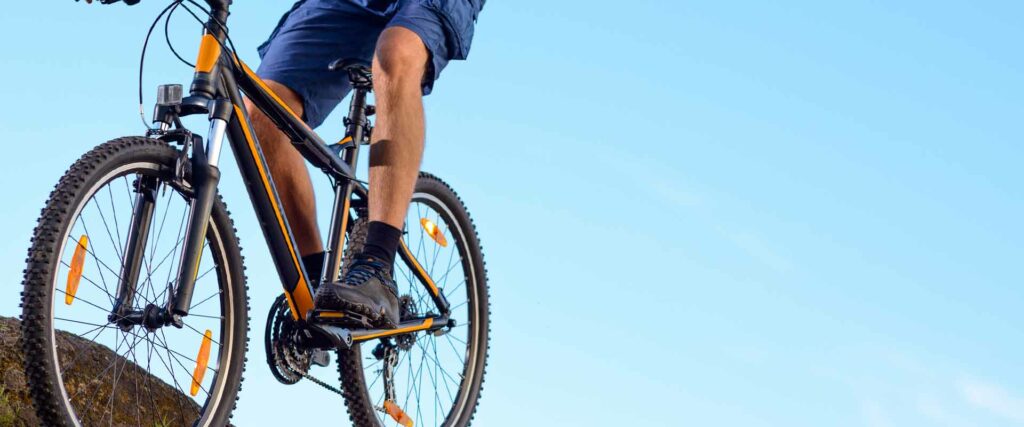Arthroscopic Surgery Specialist in Nashville, and Gallatin, TN
Arthroscopy is a surgical treatment used to diagnose and repair structural issues in your joints, which can lead to discomfort, instability, or other dysfunction. An arthroscope, a long, thin tube with a video camera and light at the end, is used by the surgeon. At Southern Sports Medicine Institute, Dr. Thomas Gautsch MD performs arthroscopic procedures. If you are looking into available services to help, contact our clinic today to speak to one of our medical professionals, or schedule an appointment online.


Table of Contents:
What is done in arthroscopic surgery?
How long is recovery for arthroscopic surgery?
When do you need an arthroscopy?
How can you prepare for arthroscopy?
Arthroscopy is the diagnosis and treatment of joint problems, a fibre optic video camera the size of a buttonhole is inserted through a small incision, which allows the surgeon to see inside, Some surgeons can even repair joint damage using small thin surgical instruments. This is used to treat a variety of different joint conditions such as the knee, shoulder, elbow, ankle, hip, and wrist. This procedure can be used in other imaging tools have left diagnostic questions unanswered. Conditions such as loose bone fragments inflamed joint linings and scarring within joints.
There are dependent factors when it comes to recovery after arthroscopic surgery, such as if the joint surgery was on the knee, arthroscopy will take longer than wrist arthroscopic, and whether you have had any treatment, like joint repair during your arthroscopy. Your state of health will also play a part in your recovery. You will receive a written recovery plan and have a follow-up appointment after your arthroscopy. The plan will outline when it will be safe for you to return to work, resume daily activities, exercise, and drive. As part of your recovery progress, you may be advised to see a physiotherapist.
When preparing for an arthroscopy your doctor may want you to avoid taking medications or dietary supplements that could be a risk for increased bleeding, you may also need to fast beforehand but that may depend on the anesthesia they give you so you may need to avoid eating up to eight hours before the procedure. You will not be able to drive after your procedure so you will need someone to pick you up, if you live alone, it would be a good idea to have someone check in on you or stay if possible. Make sure you are wearing comfortable clothing to make it easier to dress after the procedure, wear baggy shorts if you are having knee surgery. Once at the clinic you will remove your clothing and put on a hospital gown, the nurse will place an intravenous catheter in either your hand or forearm and inject a mild sedative.
Although each experience will vary depending on the procedure most aspects of arthroscopy are standard.
For your procedure, you may receive one of three types of anesthesia local, regional, or general.
Local anesthesia is injected below the skin to block sensations in a certain area like your knee, you would remain awake. Regional anesthesia is where a small needle is placed between two of your spine’s lumbar vertebrae, this would numb the bottom half of your body and you will stay awake for the procedure. General anesthesia would be delivered intravenously, and you would be unconscious for your procedure. You are placed in the best position for the procedure so you may be on your back or side, they would place the limb to be worked on in the positioning device, to enhance visibility the doctor may use a tourniquet to decrease blood to the area. The a doctor may also fill the area with sterile fluid to expand the area. A small incision is made to allow for the fibre optic camera, more small incisions are made to allow for surgical instruments that will be needed to grasp, cut, grind and suction for the joint repair. The incisions are small enough that they may be closed with 2 stitches or sterile tape.
We serve patients from Gallatin TN, Nashville TN, Bethpage TN, Portland TN, and Lavergne TN

Additional Services You May Like
- Outpatient Knee Replacement Therapy
- Shoulder Arthroscopic Rotator Cuff Repair Surgery
- Labral/Ligament Repairs
- Computer Navigated Knee Replacement Surgery
- Minimally-Invasive/ Arthroscopic Joint Surgery
- Onsite Physical Therapy Programs
- Shoulder Repair Treatments
- Knee Arthroscopic Surgery
- Biceps Tendon Surgery
- Shoulder Arthroscopy

